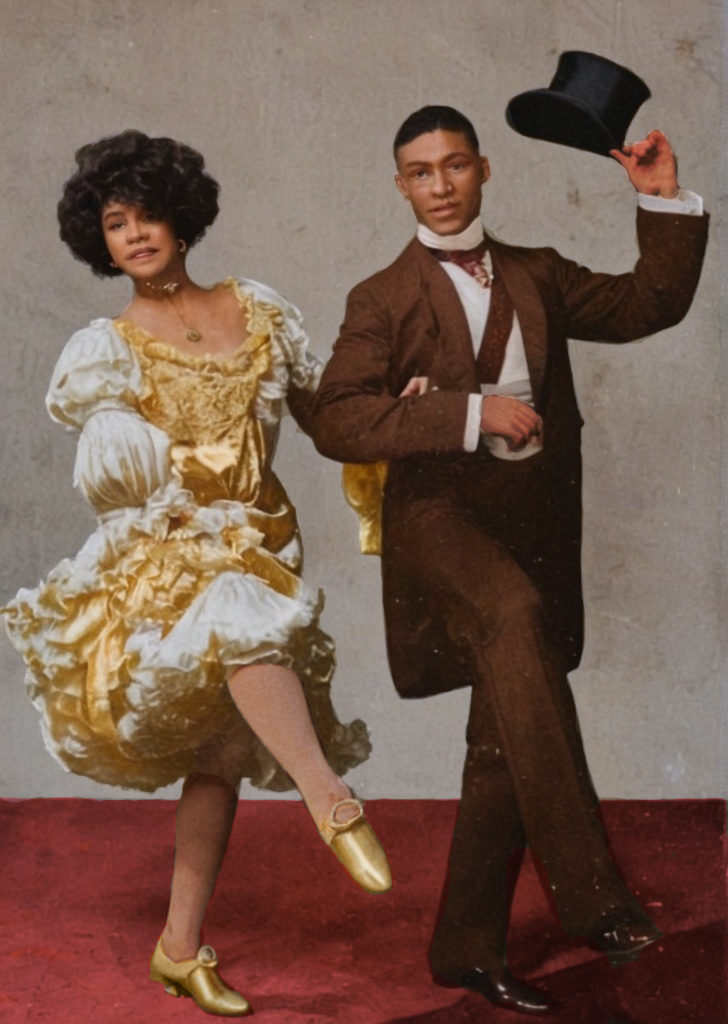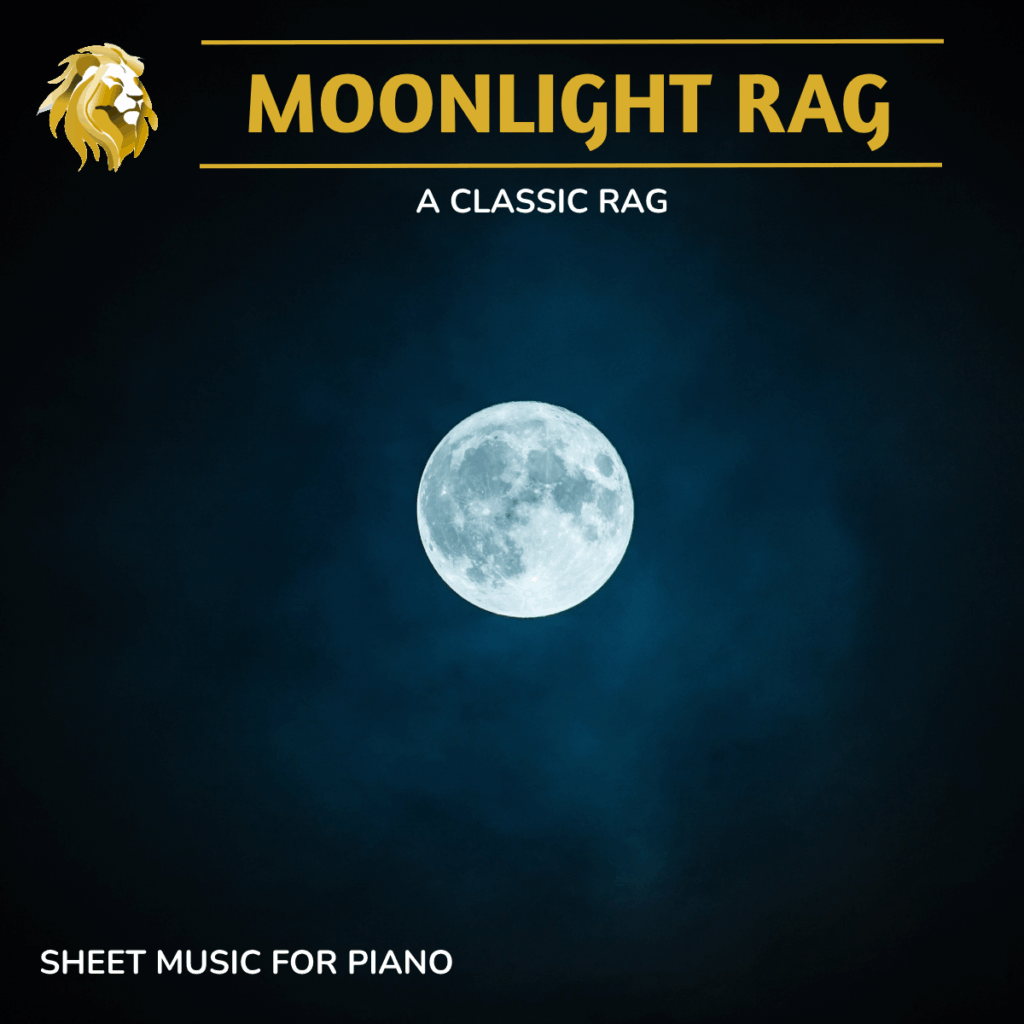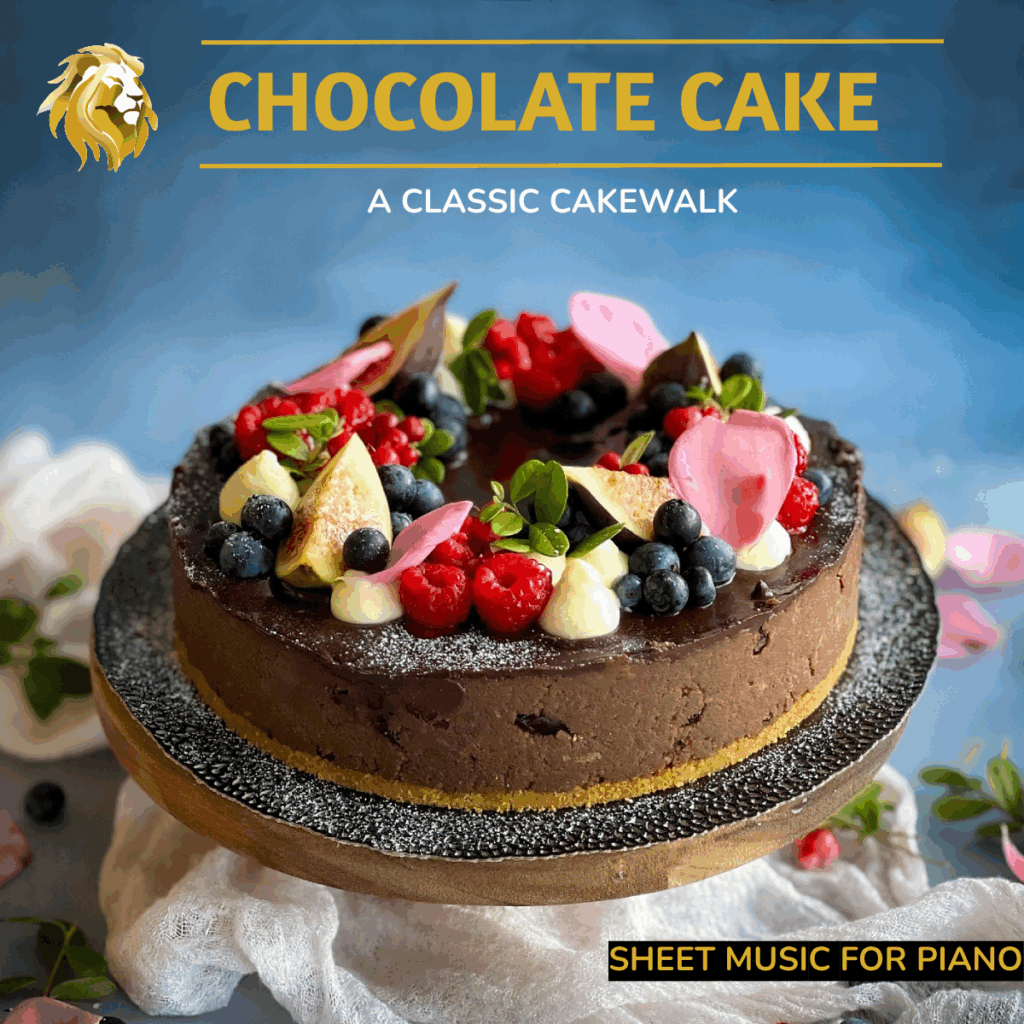When ragtime flourished at the turn of the previous century, it ushered in a whole new era of dances. Ragged rhythms, composed mainly for piano, popularised expressive ballroom dancing and led to the development of modern standards like the Foxtrot and the Quickstep.
Today, ragtime remains an amazing musical style to dance on, as its syncopated melodies inspire new, improvisational moves and allow amateurs and professionals alike to enjoy themselves on the dance floor.
How ragtime changed the world of dance

By the early 1900s, ragtime was a popular musical style that people played and danced to in bars and brothels. But the formal, stiff dances of the Victorian era did not match the music’s off-beat melodies and so ragtime was frequently improvised upon.
Dancers would borrow from African American dances such as the cakewalk, and experiment with new moves to accommodate the swinging, syncopated melodies. The joyful energy of ragtime led to high-flying kicks, as seen in the Charleston, and unconventional pair dances like the Bunny Hug.
When dance halls across the United States began featuring ragtime and jazz bands – social dances like the One-Step and the Foxtrot came about, the latter being popularised by vaudeville entertainers.
Many early ragtime dances also came to Europe with travelling musicians on steam liners, and here they shaped early ballroom and popular dance tradition.
In the years that followed, new dances emerged on both sides of the Atlantic, from the Peabody in the United States to the Quickstep in the UK. It was during this period, that ragtime and dance developed in tandem.
Some of the dances influenced by ragtime include the tango, as well as mixed dances like the Discofox, which is a mix of disco and the ragtime-based Foxtrot.
Popular ragtime dances
| Name of dance | When it came about | Place of Origin | Details |
| Cakewalk | 1890s | America | Originated in African American communities. |
| Charleston | Early 1900s | America / Europe | Developed from African American vernacular dances in Charleston, SC; popularized nationally by 1923 Broadway show Runnin’ Wild; sparked international dance craze |
| One-Step | Early 1900s | America | Early ragtime dance. Precursor to Foxtrot. |
| Foxtrot | 1910 – 1914 | America | Popularized by vaudeville entertainers; spread to Europe post-WWI |
| Peabody | 1910s – 1920s | America | Variation of the One-Step, possibly named after William Frank Peabody |
| Quickstep | Early to mid-1920s | England | Evolved from Foxtrot, Charleston, and Peabody; standardized around 1927 |
| Tango | Early 20th century | Argentina / Europe | Gained international popularity in the 1910s; influenced by ragtime and jazz rhythms |
The Animal Dance Craze: From Bunny Hug and Grizzly Bear to Fox Trot
In addition to popular ragtime dances like the Charleston, new dance moves emerged in America’s south in the early 1900s.
Dancers would improvise their steps on novel ragtime pieces played in bars and brothels, hopping or trotting to different tunes. They experimented with closer embraces between man and woman, even though such proximity was considered indecent by members of the high society.
Many ragtime dances also appeared to imitate animal behaviour, and were therefore considered equally scandalous by the upper class.
The Bunny Hug, for example, saw two partners hugging and jumping and wiggling around like mating bunnies, while the Grizzly Bear – another variation of the dance – saw partners embracing and moving across the dance floor like a wild animal.
While different animals, from bunnies and bears to foxes, turkeys, ponies and fish were imitated in these dances, they shared a common set of steps. What distinguished one dance from next was primarily the dance hold and gait, as well as the tempo at which the dance was performed.
Performing ragtime dances at your events
If you need music for your event, show or competition, ragtime is a great fit.
Ragtime has syncopated melodies rarely seen in other styles of music. These melodies allow dancers to try out new steps and add a fresh twist to their routine.
Dancers can choose to perform ragtime dances like the cakewalk, turkey trot or one-step, or improvise on ballroom dances like the Peabody, Quickstep or Fast Foxtrot.
Because of its vintage charm, ragtime is of course an all-time favourite at old school dance events. It also lends itself well to modern dance styles that encourage experimentation.
The steady, marching beats in the bass, meanwhile, make ragtime accessible to both amateurs and professionals.
Explore our ragtime dances for theatres, ballrooms, shows and festivals, and inspire performers to dance with flair:
Selected ragtime dances

Moonlight Rag
A fast, romantic tune ideal for dancing the quickstep and dazzling the audience with light footwork, elegant jumps and artistic flair.

Northern Lights
This song mimics dazzling beauty of the Northern Lights as they dance across the sky. Perfect for dancing the cha-cha-chá.

Chocolate Cake
A playful song that lets you dive back into American history. Well suited to dancing the cakewalk, fast foxtrot or Peabody.
Licencing ragtime music for your dance event
When licencing our ragtime dances, you get access to original music that you can dance to and use on stage, in the ballroom or at a festival. Learn more about your licencing options here.
